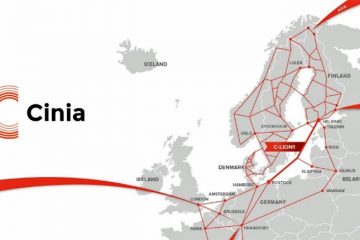C+L repeater technology will deliver in 2018 up to 47 Tbit/s capacity per fiber pair (i.e. 282 Tbit/s subsea cable system capacity over regional distances).
Read more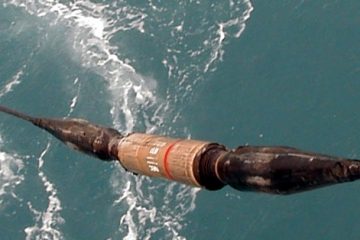


C+L repeater technology will deliver in 2018 up to 47 Tbit/s capacity per fiber pair (i.e. 282 Tbit/s subsea cable system capacity over regional distances).
Read more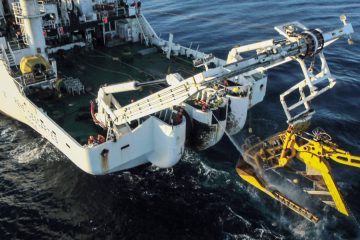
The linear subsea cable system cost, expressed in $k per km, strongly varies across submarine cable systems, driven by cable types and installation methods.
Read more
Content providers are becoming significant players for the subsea transport infrastructure with massive investment in high-capacity subsea cables.
Read more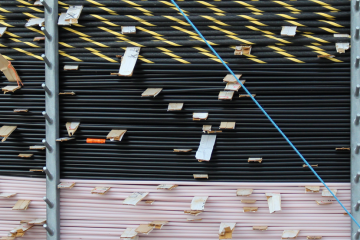
Subsea cable transport cost, international connectivity richness and/or latency can impact the decision about the location where IP transit should happen.
Read more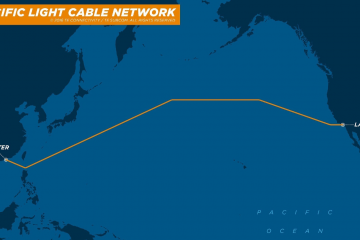
Facebook and Google are investing in the building of the highest-capacity transpacific subsea cable together with China Soft Power Technology company.
Read more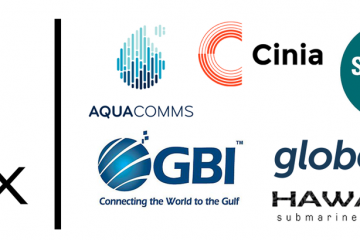
Equinix is developing its data center model where cable landing equipment is hosted and subsea cable systems are terminated into data centers.
Read more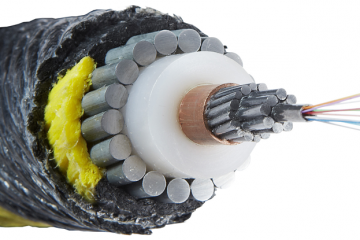
This subsea cable system tutorial delivers an overview of the architecture, technologies and components involved in subsea networks.
Read more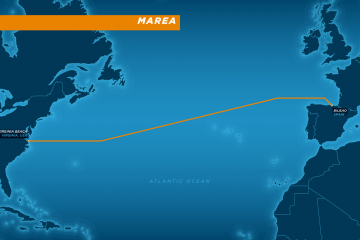
The MAREA transatlantic subsea cable system announcement is a perfect illustration of the current optical communication industry trends.
Read more